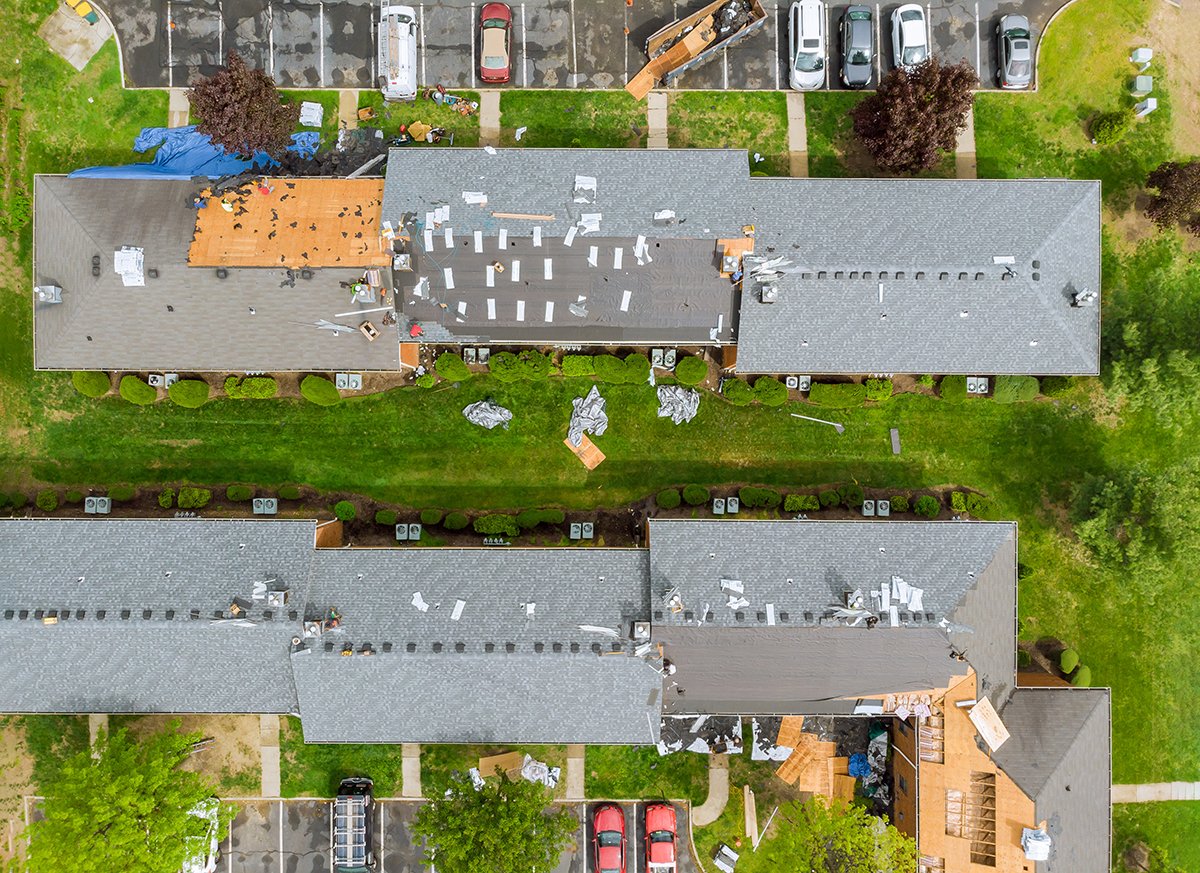A Concise, Sensible Guide to Investing in Class C Multifamily Housing During Times of Economic Turbulence
Maybe it’s a holdover from our days as school children anxiously opening our report cards, but a “C”—average—rarely feels like cause for celebration.
For savvy real estate investors, however, that same letter grade, in the context of Class C properties, might very well deliver above average dividends—especially in times of economic volatility.
First, let’s define the terms:
Class A/B. Because these classes are not our focus here, we’ll set aside some of the nuances separating A from B. Essentially, these are newer structures, typically built in the last twenty years, with high-end or above-average finishings that require less maintenance, in desirable neighborhoods with good schools, low crime rates, and higher rents relative to the region.
Class C. These properties are a little older than the A/B properties and, thus, are either in need of—or on the verge of needing—larger capital repairs such as new carpeting, exterior paint, or HVAC renovation or replacement. Neighborhoods have more basic amenities, more middle of the pack (though often still good) schools.
Class D. As one likely assumes, these properties are older, often in states of (sometimes code violation-level) neglect. Finishings are typically the least of an owner’s concerns. Sometimes D properties are the exception in a standard C neighborhood and a tempting fix/flip opportunity, but more often situated in areas with little-to-no amenities, higher crime, and below average schools. This, in turn, leads to lower rents and higher tenet turnover.
From an investor perspective, all of these categories have pluses and minuses. Class A, for example, is the tortoise of real estate—if you can afford the initial investment and hold the property, it can be a solid long-term source of predictable income. Class B is a bit more tied to the fluctuations of the market in general, but, during the upswing, offers a more hare-ish investor opportunities to profit from renovations and rent increases. Class D, for all its challenges, often falls in a zone in which the ratio between purchase price and average rent can be more favorable to investors.
The old adage “with great risk comes great reward” can, of course, apply here as it does in every form of investment. Yet, with inflation still searingly high and some quarters of the Fed projecting a recession within our current calendar year, the most prudent course may be to re-imagine Goldilocks as a model real estate investor and seek the just right amount of risk.
That is where Class C properties come in.
A bit of “buyer beware” housekeeping before we get into the benefits: Unlike a D, which can sometimes be rehabbed or raised on a tide of new construction to a C, typically a C property is what it is—it is just that much easier to get to As and Bs via new construction. And all the challenges or amenities of a middle of the pack neighborhood—depending upon whether you’re looking up from D or down from A—are obvious.
In uncertain economic times, however, the C property can shine.
Why?
Well, to begin with, there will always be demand for rentals that are A) a stepping stone out of D neighborhoods for individuals and families work their way to greater financial stability and B) an acceptable alternative for those who feel a bit overextended in a B neighborhood or are relying on government assistance during a recession or inflationary period.
For the C class investor, providing affordable, sometimes transitional shelter to such tenants can be profitable for several reasons:
Balance. The aforementioned Class D ratio between acquisition price and rental income is at work here, but, at least in part because maintenance expenses are typically lower and rents are higher, net operating income can exceed Class B or A properties—especially if you do your due diligence before purchasing and keep up with property management to ensure small repairs and needs are not left to grow into bigger issues. “Overall,” Moody’s Analytics reports, “Class B/C properties perform as well as, if not better than Class A properties during somewhat long periods of sluggish real income growth.”
Less appreciation…but also less depreciation. The upside of a C property remaining a C property is that you can focus on maximizing cash flow without looking over your shoulder for the market value of your property taking a major hit like a B property might in a neighborhood of new A construction and B-to-A renovations. The consistent demand for C rentals from B and D renters seeking a middle ground helps keep your investment in equilibrium as well. As falling demand crashes into the massive amount of pandemic-induced new construction, there could very well be a reckoning for B class properties that the C class is largely spared.
Financing incentives. Though interest rates are typically higher for C properties, this can often be offset by a variety of affordable housing credits and programs–most prominently the Low-Income Housing Tax Credit.
Ready to explore the above average potential of average-rated properties?
As Florida’s leading balance sheet lender, A&S Capital is here to help you efficiently and profitably navigate the multi-family rental investment market as it transitions from the recent unprecedented boom to whatever is to come next. Not only do we provide direct financing on single and multifamily residential real estate throughout the country, but our team of seasoned, versatile professionals can help you secure tailored, bespoke solutions designed to channel the right lending to the right deals at rates that are fair and favorable.


